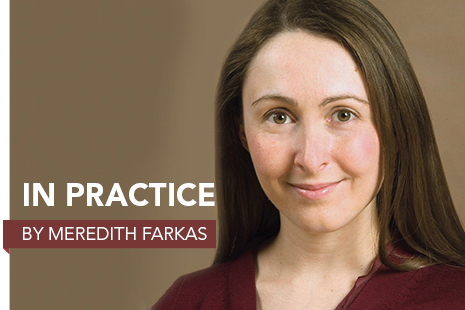
It’s a frustrating paradox: While the US is a technology-development powerhouse, its children perform well below their counterparts in many other developed nations in math and science. In addition, women and minorities are underrepresented in STEM (science, technology, engineering, and math) fields in the United States. The problem is not just about recruitment but education and exposure to STEM in ways that get children excited about the sciences.
National organizations like the Institute of Museum and Library Services have recognized the importance of catching up in math and science and are funding STEM initiatives that expose young people to science in creative and engaging ways. Schools, museums, nonprofits, and libraries have accepted the STEM challenge, developing programs and spaces that allow children to become makers. Makerspaces, hackerspaces, and projects like the Hour of Code and the National STEM Video Game Challenge give children the experience of creating something themselves, which can be a powerful motivator.
Libraries don’t necessarily need to invest in expensive tools like 3D printers and laser cutters to promote STEM. Tools like Makey Makey, Squishy Circuits, Cubelets, and Raspberry Pi are affordable options to get kids creating and programming robots, game controllers, and other cool technologies. They are also accessible to librarians with a small amount of tech-savvy and the ability to search the web.
The internet is chock-full of articles by youth services librarians and others involved in STEM work with children that share programming ideas and technology tips. Some of my favorite sites include Make It @ Your library, Tinker, Robot Test Kitchen, Simply STEM, Instructables, and the ALSC Blog.
You don’t even need to use technology to offer STEM programs to kids. Many of the programs that Amy Koester, youth and family program coordinator at Skokie (Ill.) Public Library, shares on her All Things STEAM page are craft-building projects that teach scientific concepts. The Skokie Public Library has been a leader in developing spaces, tools, and programs to support making, and their events are a great source of inspiration.
In addition to being the first library to create a makerspace, the Fayetteville (N.Y.) Free Library offered a weeklong Library Geek Girl Camp last summer in which girls participated in fun science activities and met women working in the sciences. In 2013, the Brooklyn (N.Y.) Public Library partnered with community technology organizations to host a program called Storymaker Maker Party, where kids could create narratives using computer programming, stop-motion animation, circuits, and robotics.
The beauty of offering STEM education in the library is that it’s a neutral space where students are not being graded for their participation. Libraries are rarely hamstrung by rigid curricula and thus can focus on what most interests children. In less affluent communities whose schools may not have the funding to offer Lego robotics clubs and the like, the library may be filling a major void.
Children are naturally creative, so programs like this are rarely a tough sell. The challenge is to develop a culture that sees this sort of tinkering and creation as a lifelong pursuit. By providing tools and programming tied to STEM for children, teens, and adults, libraries can play a vital role in fostering creativity, curiosity, and a community of tinkerers. They will also be part of the solution to a major national problem.


